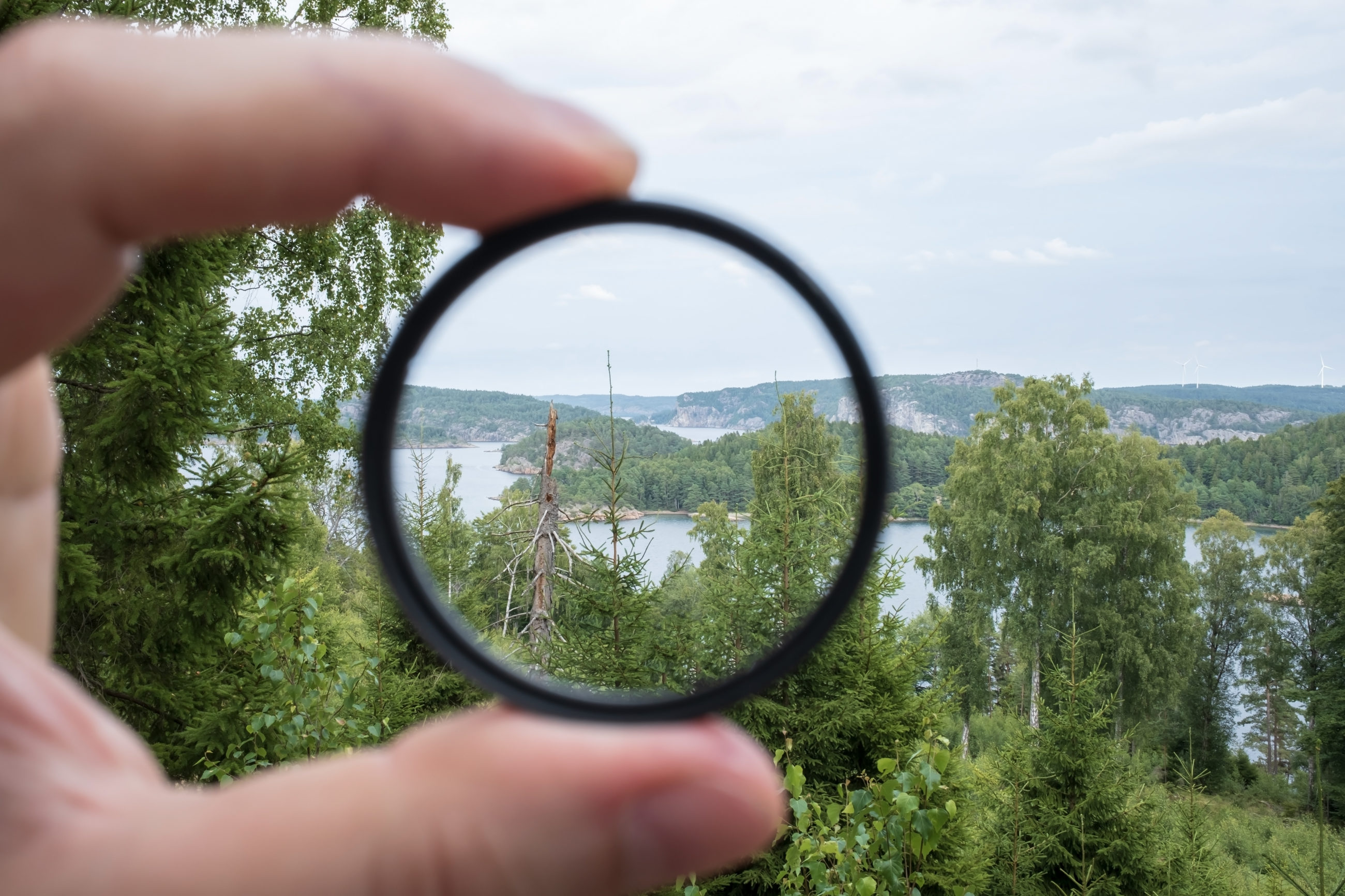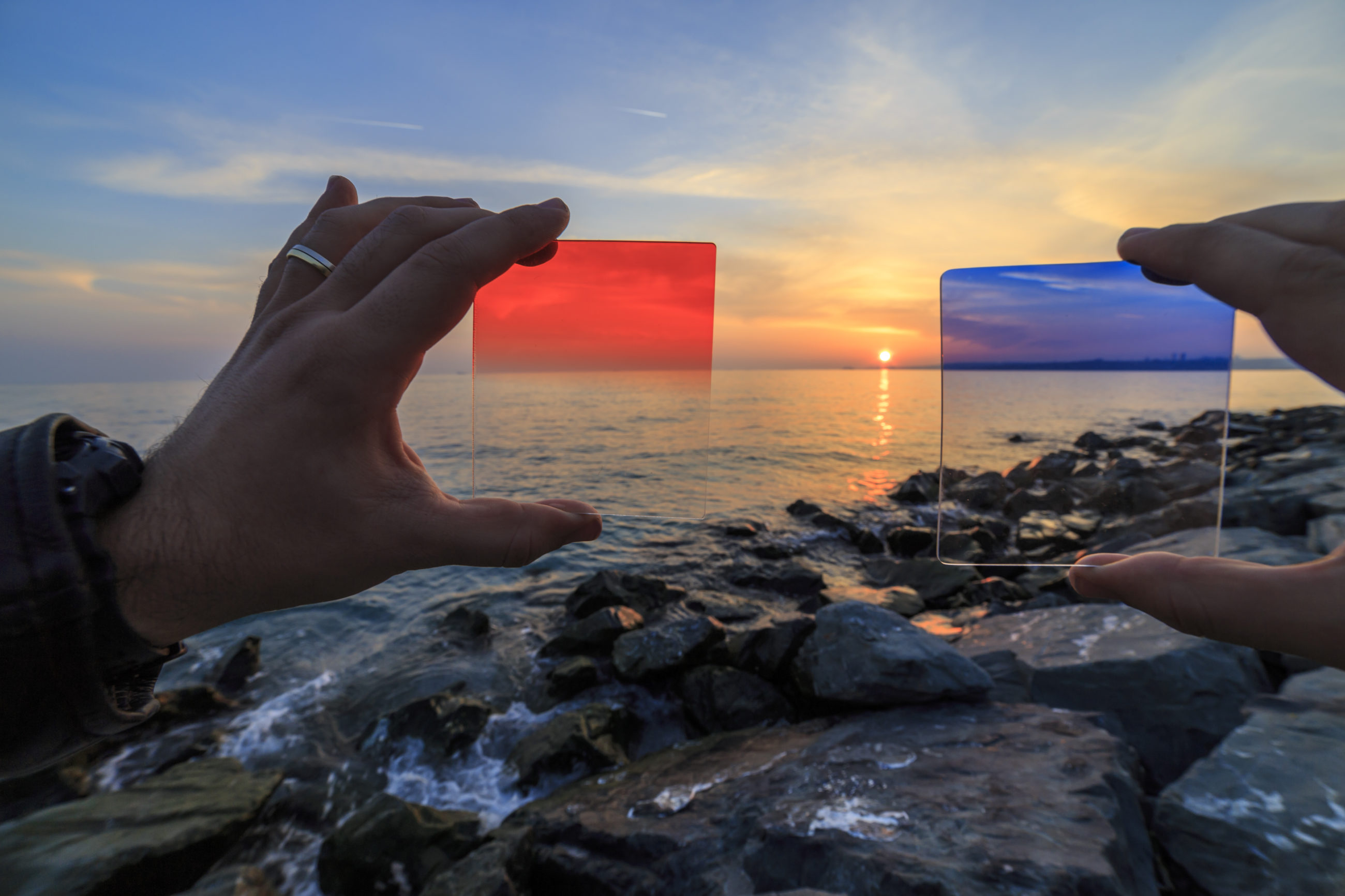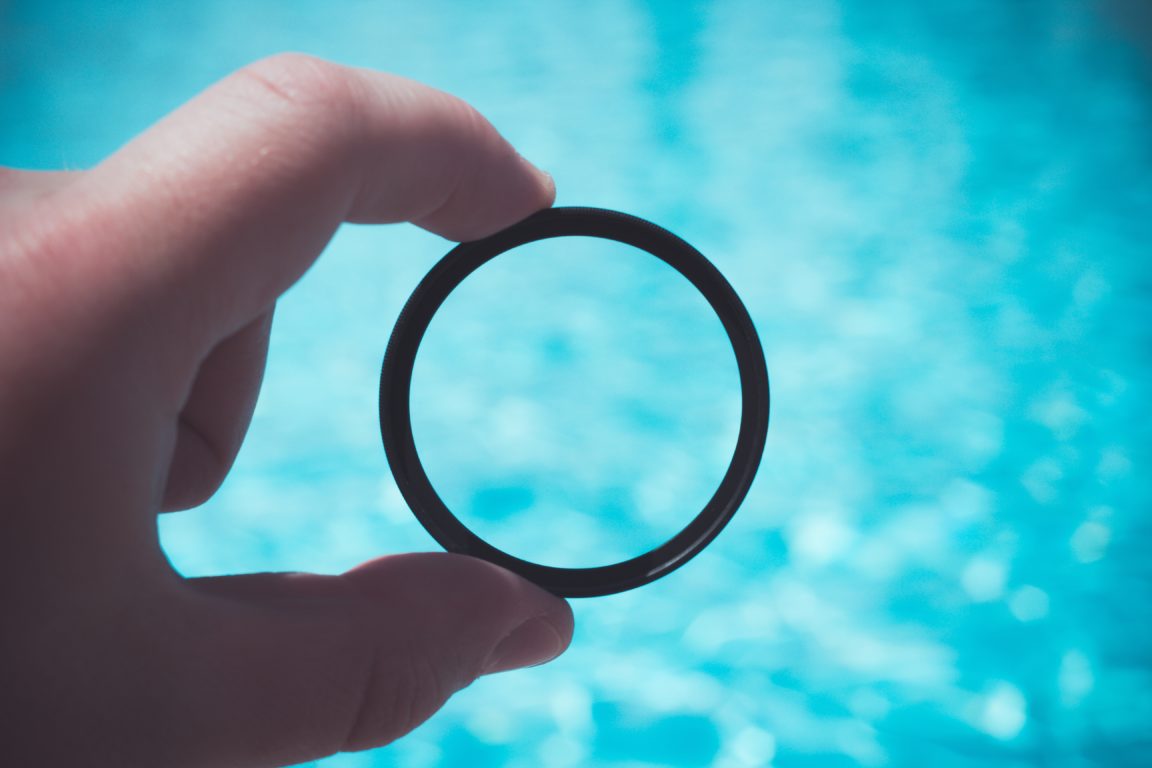Today, many photographers will tell you that the joys of modern photography are being able to have sole control over the images that you are capturing at the moment, as well as during the editing stage too. And even though there is an array of software available that can manipulate images, many will want to shoot the perfect image the first time of asking.
To do it yourself, you should know that there are three main types of photography filters, all of which can help in your pursuit to capture the perfect image. They include polarizers, ND filters, and colour filters.
Thankfully, this article will explore each of them in depth. So, regardless of whether your mission is about understanding variable ND filters or the other solutions on the market, you should be able to make the right choice.
Polarizers
This type of filter can add depth to an image by saturating colours and reducing reflections.
Polarizing filters are excellent for the landscape because they can darken a sky to make the colours stand out, yet when it comes to water, they can help reduce the reflections that are created.
You can turn an ordinary photo into a calendar shot when you take advantage of this filter as amateur or professional photographers.
If you own a pair of sunglasses, you will likely have come across a polarizing filter. It cuts down the glare to help you see, and it is this same technology that will ultimately improve your photography results. These types of filters have been around for a while, so it is difficult to understand why not all photographers have yet tried them.

ND Filter
ND stands for neutral density. The filters labelled in this way will reduce the level of light that enters the lens of the camera and hits its centre. This is without affecting the resulting colour of an image.
What this means is that you can shoot at slower shutter speeds without overexposing your image. This filter is easy to identify because it resembles a sheet of dark-coloured glasses.
The ND filters are rated in terms of stops of light. You can, for instance, use 2-stop ND filters to just block a small amount of light. Whereas, a 10-stop ND filter will block significant amounts of light. The more stops of light that your filter blocks, the longer the shutter speed you can get away with.
So, it is worth investigating this kind of filter further through online research. Know what the different shutter speeds are about and then source the natural density or ND filter that you need.
Colour Filters
Finally, it is good to have the option of coloured filters. This is because you can add a warm or cool look or maybe even correct indoor lighting to an extent.
Many photographers find it fun to be able to make a scene look gloomier or sunnier while bringing different hues into a scene.
Colours are an important part of photography because they enhance an image and create a certain mood. You should never underestimate their impact and how they can turn you from an average photographer to being sought-after by family, friends, and commercial ventures. All professionals began as amateurs that had perfected their craft.
With all these types of filters, you have to then think about how they are fixed to your lenses and the camera. There are different types and you have to know how the different ones will be compatible with your setup.
A filter holder, for instance, will allow you to purchase just a single set of filters that will fit all of your lenses. As well, you can stack multiple filters so that you have total control over an image.

Conclusion
As a photographer, whether an amateur or professional, you will value your accessories and equipment. Additional filters and lenses will be about creating some great effects, while the tripod can stabilize a shot and prevent blurring.
Knowing just what is available to make the most of your photography is not just something that improves the experience but can have commercial implications too. You can produce shots, for instance, that everyone will want to buy or turn into a glossy calendar or a birthday card. It can be well worth the expense of the extra filters or whatever else you decide on to aid your photography.





